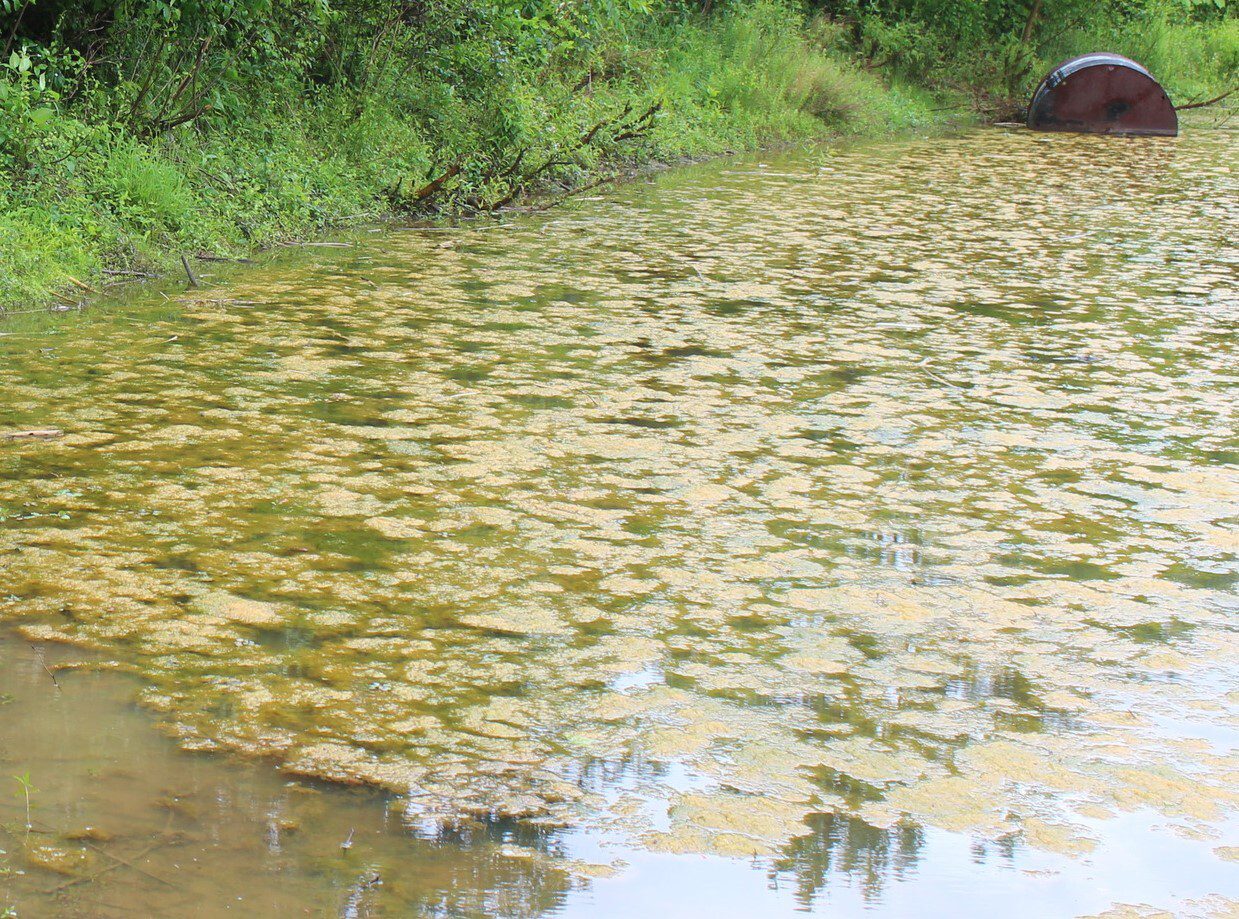- Wyoming agencies issue seasonal warning on toxic cyanobacteria blooms.
- Blooms can harm people, pets, and livestock if exposed or ingested.
- Public urged to avoid suspicious water and report any blooms.
- Toxin levels can lead to health advisories and restricted water use.
- Interactive advisory map and safety tips available at WyoHCBs.org.
Thursday, June 12, 2025 — As summer recreation season ramps up, the Wyoming Department of Environmental Quality , the Wyoming Department of Health, and the Wyoming Livestock Board have jointly reminded the public to exercise caution around potential harmful cyanobacteria blooms in state waters. These blooms, also known as harmful algal blooms, are formed by cyanobacteria, organisms commonly referred to as blue-green algae, which can release dangerous toxins into the environment.
, the Wyoming Department of Health, and the Wyoming Livestock Board have jointly reminded the public to exercise caution around potential harmful cyanobacteria blooms in state waters. These blooms, also known as harmful algal blooms, are formed by cyanobacteria, organisms commonly referred to as blue-green algae, which can release dangerous toxins into the environment.
Cyanobacteria typically bloom in mid-to-late summer in Wyoming’s streams, rivers, lakes, and reservoirs. The visual appearance of a bloom can range from green to tan or brown, sometimes forming clumps, scum, or films that resemble spilled paint, grass clippings, or jelly-like mats. These blooms may float on the surface or stick to underwater rocks and vegetation.
According to the June 9 public notice, exposure to these blooms can be harmful to both humans and animals. Health officials recommend avoiding any water that appears discolored or contains visible clumps. “Avoid contact with water in and around the bloom, especially in areas where cyanobacteria are dense,” the notice states. Boiling or filtering water will not remove the toxins, making direct avoidance the safest approach.
The Wyoming Department of Health advises rinsing off with clean water immediately if contact occurs and seeking medical or veterinary care if symptoms develop after exposure. Vulnerable groups, including children, pregnant women, immunocompromised individuals, and all animals, are at heightened risk.
If a bloom is confirmed, Wyoming’s Harmful Cyanobacterial Bloom Action Plan guides agency response. Two types of public advisories may be issued:
-
A Bloom Advisory is posted when cyanobacteria are visually present and may be producing toxins.
-
A Toxin Advisory is issued when laboratory results confirm that toxin concentrations exceed safe recreational thresholds.
Advisories are shared online through an interactive map hosted at WyoHCBs.org , where the public can also find frequently asked questions, current alerts, and safety recommendations. The Department of Health investigates all illness reports tied to potential blooms, while the Department of Environmental Quality conducts follow-up testing of affected waters.
, where the public can also find frequently asked questions, current alerts, and safety recommendations. The Department of Health investigates all illness reports tied to potential blooms, while the Department of Environmental Quality conducts follow-up testing of affected waters.
Wyoming officials emphasized that not all blooms are officially reported. As such, residents and visitors are encouraged to observe and evaluate local water conditions before swimming, fishing, or allowing pets near natural bodies of water.
For additional information or to report a suspected bloom, visit WyoHCBs.org or review the health department’s guidance at health.wyo.gov
or review the health department’s guidance at health.wyo.gov .
.
Image by the National Park Service :
:
“Cyanobacteria, also known as blue-green algae, often causes algal blooms in freshwater and occasionally in marine environments. There is a variety of algal species, all appearing in the water differently. This example shows a HAB that appears as chunks that could lift out of the water. These aggregated algal cells float to the surface to form clumps or a mat on the surface.”

